Importance of Forest Roads in Sustainable Forest Management
- September 5, 2024
- 0 comment
Forest roads are crucial to sustainable forest management, providing essential infrastructure for activities like timber extraction, wildlife management, and firefighting. However, their design, construction, and maintenance require careful balancing to avoid significant environmental impacts.
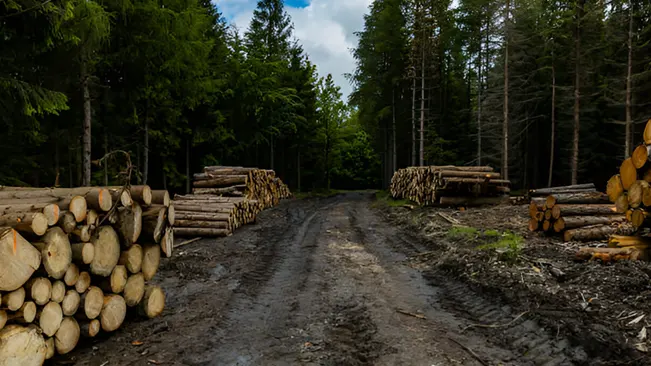
Effective management of these roads is key to ensuring that access needs do not compromise conservation efforts. Emphasizing sustainable practices in road management helps protect forest ecosystems while supporting necessary forest operations.
Roles of Forest Roads
Forest roads are the arteries of forest management operations, providing necessary access to remote areas. They support various essential functions, including:
1. Timber Harvesting
Forest roads are essential for transporting logs and forestry products efficiently from remote areas to processing facilities. They also facilitate the movement of machinery and personnel, enabling the effective operation of timber harvesting activities.
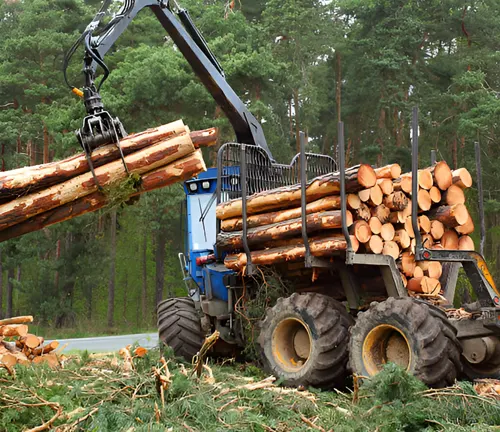
2. Wildlife Management
Forest roads provide critical access for monitoring wildlife populations and managing habitats. They support conservation efforts by enabling the transportation of materials and personnel to areas needing habitat restoration.

3. Fire Control and Emergency Response
These roads are vital for firefighting operations, allowing quick access to fire-prone areas and serving as firebreaks. They also provide essential routes for evacuation and resource deployment during emergencies.

4. Recreational and Economic Uses
Forest roads enhance access to scenic and remote areas, supporting recreational activities like hiking, hunting, and ecotourism. They also contribute to local economies by boosting tourism revenue and providing jobs related to road maintenance and forestry.
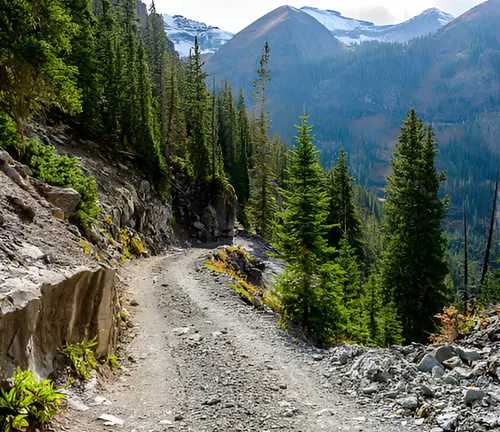
Fundamentals of Forest Road Design and Construction
Effective forest road design and construction are foundational to minimizing environmental impacts while ensuring roads fulfill their intended purposes. Key aspects include:
1. Strategic Planning and Road Standards
Factors Influencing Road Standards
- Anticipated use, from light recreational traffic to heavy logging trucks.
- Topographical challenges that influence road alignment and design
- Need to avoid ecologically sensitive areas and minimize disruptions.
- Specific goals such as fire control, timber extraction, or wildlife monitoring.
Design Considerations
- Proper alignment reduces environmental disruption, such as habitat fragmentation and soil erosion.
- Managing road gradients is essential to prevent erosion and maintain road stability.
- Use of durable and eco-friendly materials ensures road longevity and reduces environmental impact
2. Construction Techniques for Sustainability
Road Layering
- Roads typically consist of a running surface, base, and sub-grade, each layer contributing to overall durability and functionality
- Proper layering helps to distribute weight, reduce surface wear, and prevent erosion.
Reducing Erosion and Sedimentation
- Incorporation of culverts, ditches, and other drainage structures to manage water flow and prevent runoff.
- Use of vegetation and natural materials to stabilize soil and prevent erosion
Environmental Impacts and Mitigation Strategies
Forest roads, if not properly managed, can have significant adverse effects on the environment. These impacts include:
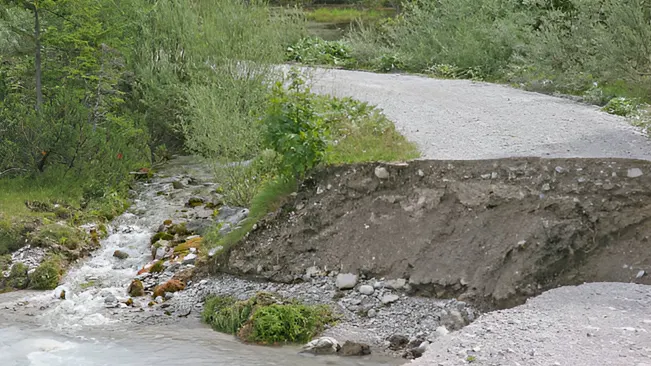
1. Hydrological Effects
Roads can significantly disrupt natural water flow patterns, leading to increased runoff, which alters local hydrology and exacerbates flooding risks. This increased runoff not only accelerates soil erosion but also causes the sedimentation of streams, clogging waterways and degrading water quality, which can have serious consequences for aquatic ecosystems and human water supplies.
Mitigation Strategies
- Minimizing Road-Stream Connectivity: Reducing the proximity of roads to streams and waterways to limit sediment transport.
- Use of Riparian Buffers: Establishing vegetative buffers along streams to absorb runoff and filter pollutants
- Well-Designed Drainage Systems: Ensuring that roads are equipped with effective drainage systems to manage water flow and reduce erosion
2. Impacts on Wildlife and Ecosystems
Roads can fragment habitats, disrupting wildlife movement and leading to isolated populations, while increased human access can cause greater disturbances like noise and pollution. Additionally, vehicle collisions with wildlife are common on forest roads, particularly in high-traffic areas, with smaller species such as amphibians being especially vulnerable to road mortality.
Mitigation Measures
- Wildlife Crossings: Constructing overpasses or underpasses to facilitate safe wildlife movement across roads.
- Road Location Planning: Careful planning to avoid critical habitats and migration corridors.
- Speed Regulation: Implementing speed limits and signage to reduce the risk of wildlife collisions
The Role of Forest Roads in Fire Management
Forest roads are essential in fire management, particularly in the prevention and control of wildfires. They provide critical access for firefighting teams, enabling rapid deployment of resources to fire-prone areas and serving as firebreaks to help contain wildfires. After a wildfire, these roads can become conduits for erosion and invasive species, which makes proper post-fire management crucial.
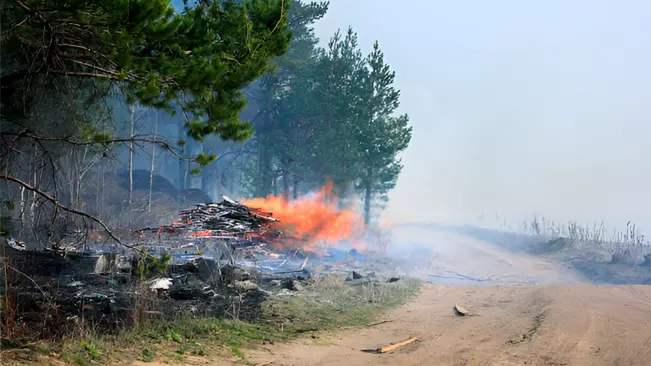
Restoration efforts include erosion control, invasive species management, and the repair or decommissioning of roads to restore functionality or allow natural recovery. Overall, forest roads play a pivotal role in both preventing wildfires and facilitating recovery efforts after fires.
The Economic Significance of Forest Roads
1. Contribution to Forestry Operations
Forest roads are indispensable for facilitating the movement of timber from remote forest areas to processing facilities, significantly improving the efficiency of forestry operations.
Forest roads enable the transport of heavy machinery and personnel, ensuring that logging activities are conducted smoothly and without unnecessary delays. Additionally, well-maintained roads help reduce transportation costs, directly contributing to the profitability and sustainability of the forestry industry.
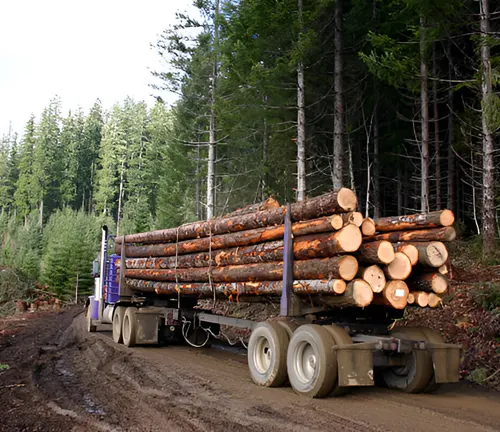
2. Supporting Local Economies
Forest roads play a crucial role in supporting local economies by providing access to forest resources, which in turn creates jobs in logging, transportation, and maintenance. These roads also enhance tourism opportunities by making remote forest areas accessible for recreational activities, thereby boosting local businesses that depend on tourism.
Furthermore, the improved infrastructure can lead to increased economic activity in rural areas, fostering overall community development and economic resilience.
3. Balancing Economic Benefits with Environmental Costs:
While forest roads offer significant economic advantages, it is essential to balance these benefits with the need to protect the environment. Sustainable road construction and maintenance practices are necessary to minimize the ecological footprint, ensuring that economic gains do not lead to long-term environmental degradation.
By carefully managing the impact of forest roads, it is possible to achieve a balance where both the economy and the environment thrive, securing benefits for present and future generations.
Best Practices for Sustainable Forest Road Management
To ensure that forest roads contribute positively to sustainable forest management, best practices must be followed:
Strategic Road Planning
Proper planning ensures that roads are placed in locations that minimize environmental disruption, avoiding sensitive habitats and reducing the impact on wildlife.
Use of Environmentally Friendly Materials
Selecting durable and sustainable materials for road construction reduces the environmental footprint and enhances the longevity of roads, decreasing the frequency of maintenance.
Effective Drainage Systems
Well-designed drainage systems prevent runoff from causing soil erosion and water pollution, protecting both the road infrastructure and the surrounding ecosystem.
Regular Maintenance and Monitoring
Conducting regular inspections and maintenance, such as grading and clearing drainage systems, helps to keep roads in optimal condition and prevents environmental degradation.
Road Decommissioning and Restoration
Decommissioning roads that are no longer needed and restoring the area to its natural state helps to reduce habitat fragmentation and allows ecosystems to recover.
Conclusion
Forest roads are a vital component of sustainable forest management, providing essential access for a wide range of activities. However, their construction and use must be carefully managed to balance the need for accessibility with the imperative of environmental stewardship.
Integrating these roads with sustainable practices ensures they not only serve current needs but also preserve ecological integrity for future generations. By adopting sustainable practices in the design, construction, and maintenance of forest roads, forest managers can ensure that these critical infrastructures contribute positively to both the environment and the economy.
The integration of thoughtful planning, ongoing maintenance, and restoration efforts is key to achieving this balance, ensuring that forest roads support sustainable forest management now and in the future.
Frequently Asked Questions (FAQ’s)
- What are forest roads, and why are they important?
Forest roads provide crucial access for forest management, enabling activities like timber harvesting, fire control, and wildlife monitoring. - How do forest roads impact the environment?
They can disrupt habitats, alter water flow, and increase erosion, but careful design and maintenance can reduce these effects. - What are the best practices for constructing sustainable forest roads?
Key practices include proper planning, alignment, durable materials, and effective drainage to minimize environmental impact. - How do forest roads contribute to wildfire management?
They provide access for firefighting, act as firebreaks, and support controlled burns to prevent large-scale wildfires. - What are the economic benefits of forest roads?
They lower transportation costs, aid efficient timber extraction, and boost local economies through job creation and tourism. - How can the environmental impacts of forest roads be mitigated?
Mitigation includes reducing road-stream connectivity, using buffers, adding wildlife crossings, and regular maintenance. - What role do forest roads play in wildlife management?
They allow monitoring, support habitat restoration, and facilitate controlled hunting to maintain ecosystem balance. - How are forest roads maintained to ensure sustainability?
Regular grading, graveling, and inspections are key, along with decommissioning unnecessary or harmful roads. - Can forest roads be decommissioned, and why?
Yes, roads are decommissioned to restore natural habitats and reduce environmental harm when they are no longer needed. - What challenges are associated with forest road management?
Challenges include balancing access with environmental protection, managing water and wildlife impacts, and maintaining road quality over time.

James Wilson
Forestry AuthorJames Wilson has over 15 years of experience in forestry economics, specializing in sustainable practices, investment opportunities, and financial management. He has contributed to notable publications like "Forestry Today" and "EcoFinance Journal" and is known for providing practical and insightful advice. With a degree in Environmental Economics, James stays updated through continuous learning and active participation in industry discussions. Outside work, he enjoys hiking and nature photography, bringing a well-rounded perspective to his professional role.

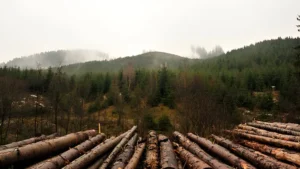


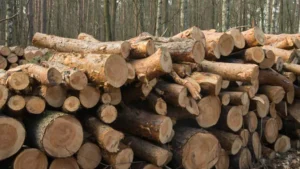

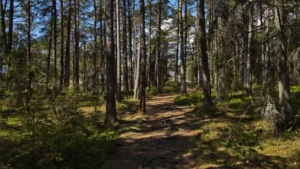

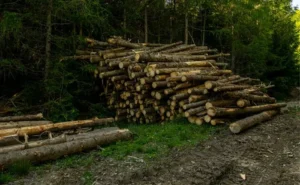

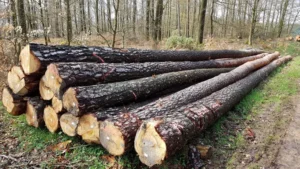


Leave your comment